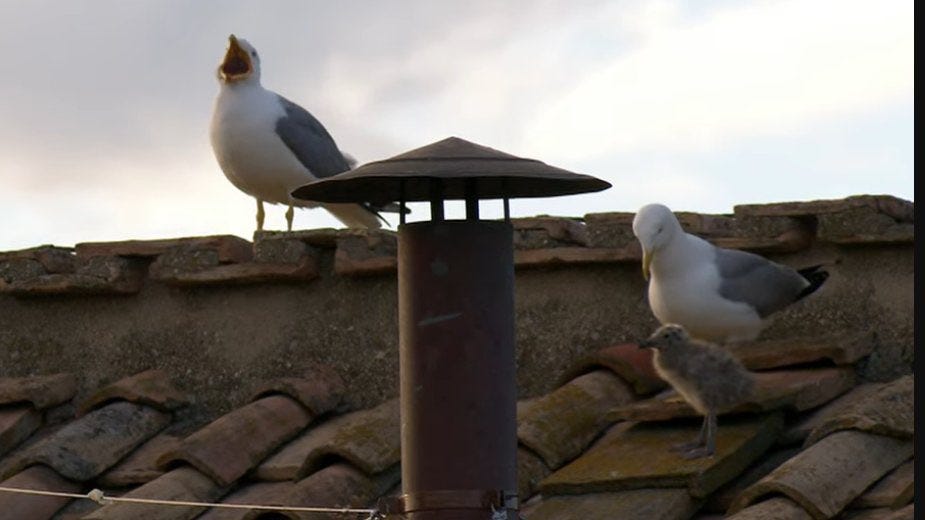Bread and water, conclave brawls, and conclave ghosts
Some crazy papal conclaves of days gone by
As the world watches a chimney surrounded by seagulls in the Vatican, cardinals gather in prayer and deliberation to elect a new pope.

During the conclave, cardinals are cut off entirely from the outside world. No cell phones,…
